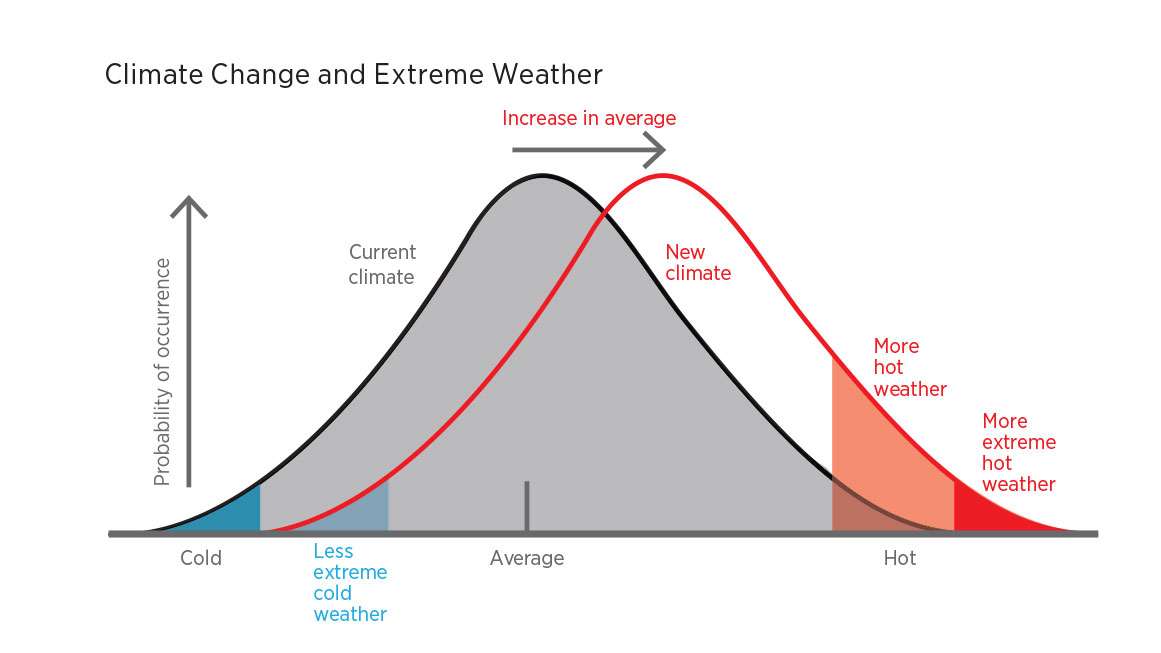But another factor for loss of abortion rights is lukewarm support to outright opposition to abortion among some Democratic Party elites. The Dems have known for decades that the radical right was hell-bent on obliterating all abortions and would never back down. Despite that knowledge, the Dems did little to nothing to shore up abortion rights. A HuffPost article nicely captures the problem with the reluctant lukewarm Dems:
Blue lies: An interesting NYT opinion piece considers why DJT lies so much but still gets a lot of support:
Biden Says He’s ‘Not Big On Abortion’ Since He's Catholic,But Roe ‘Got It Right’“I’m a practicing Catholic. I’m not big on abortion,” Biden said during the event in Maryland, first reported by The Hill. “But guess what? Roe v. Wade got it right.”
“I don’t understand why he cannot show the same love and support and care for people in this country who have abortions as he does for any other issue where people are impacted,” said Renee Bracey Sherman, founder and executive director of We Testify, an abortion storytelling organization.
Sherman says she doesn't understand why Biden acts as he does with abortion. Here's why: He's a practicing Catholic.
I'm not big on center-right Biden, but compared to any radical right Republican running against him in 2024, i.e., any declared Republican so far, he still gets my vote.
______________________________________________________________________
______________________________________________________________________
Blue lies: An interesting NYT opinion piece considers why DJT lies so much but still gets a lot of support:
Donald Trump can lay claim to the title of most prodigious liar in the history of the presidency. This challenges commonplace beliefs about the American political system. How could such a deceitful and duplicitous figure win the White House in the first place and then retain the loyalty of so many voters after his endless lies were exposed?In 2008, Kang Lee, a developmental psychologist at the University of Toronto, published “Lying in the Name of the Collective Good” along with three colleagues:Lying in the name of the collective good occurs commonly. Such lies are frequently told in business, politics, sports and many other areas of human life. These lies are so common that they have acquired a specific name, the “blue lie” — purportedly originating from cases where police officers made false statements to protect the police force or to ensure the success of the government’s legal case against an accused.In a 2017 Scientific American article building on Lee’s research, “How the Science of ‘Blue Lies’ May Explain Trump’s Support,” Jeremy Adam Smith argued that Lee’s workhighlights a difficult truth about our species: We are intensely social creatures, but we are prone to divide ourselves into competitive groups, largely for the purpose of allocating resources. People can be prosocial — compassionate, empathetic, generous, honest — in their group and aggressively antisocial toward out-groups. When we divide people into groups, we open the door to competition, dehumanization, violence — and socially sanctioned deceit.
If we see Trump’s lies, Smith continued, “not as failures of character but rather as weapons of war, then we can come to see why his supporters might view him as an effective leader. From this perspective, lying is a feature, not a bug, of Trump’s campaign and presidency.”
There you have it, lying is a feature, not a bug! Why didn't I see that before? . . . . OMG, we're in deep doo-doo here.
______________________________________________________________________
______________________________________________________________________
An Above the Law article with a snarky title writes about an extreme case of avoidance of an appearance of a conflict of interest by federal judge Mark Walker in Florida:
Judge In Disney's Case Against Ron DeSantis Recuses Himself Because Father's Brother's Nephew's Cousin's Former Roommate Owns 30 Shares Of DisneyChief Judge Walker conducted a sua sponte [voluntary] hard-target search of every gas station, residence, warehouse, farmhouse, henhouse, outhouse, and doghouse in the Tallahassee area to find some tangential family member with a whopping $2,700 invested in a multibillion-dollar global media conglomerate and decided this presented enough of a conflict in a case over Disney’s right to run its own firehouse in Orlando to leave the case. For the record, a third degree relative is “a first cousin, great-grandparent, great-aunt, great-uncle, great-niece, great-nephew, great-grandchild, half-aunt, or half-uncle of an individual.” I’m not even sure I have phone numbers for all my first cousins, let alone a solid grasp of their financial portfolios.
Now, compare that to Supreme Court justices Clarence Thomas and Sam Alito. They get millions of dollars in perks, gifts and luxury travel from people with cases in the Supreme Court, but do not recuse themselves due to the actual, blatant conflicts of interest that all the hidden largess constitutes. Not only do these two jackasses not recuse themselves from cases where they are deeply conflicted, they arrogantly tell us their business is none of our business. In their world, we should all go to hell for having the audacity to even ask about their ethical behavior.
One has got to admire the gigantic balls on some radical right Republican elites. They have no shame or morals. None at all. For them, there simply is no such thing as corruption or a conflict of interest, actual or appearance. . . . . OMG, we're in deep doo-doo here.










